-
Posts
73 -
Joined
-
Last visited
Content Type
Profiles
Forums
Gallery
Events
Posts posted by Jamie Coleman
-
-
I decided to copy a few others and precut the mast holes in the keel, and then I glued a few spacer shims on, so when I glue in the blocks to support the bulkheads, it’ll leave a square for the mast to rest in. I left the spacers extra long to give a little extra support. This seemed like a relatively easy way to get the rake of the masts right, just put the framer right on the plans.
I also worked on smoothing up the ship’s boat and attached the keel and stem, applied some wood filler and sanded again. Felt it needed another layer of filler in some spots, so at least one more sanding before I apply some primer.- Peter Bloemendaal, JpR62, Justin P. and 1 other
-
 4
4
-
-
Beginner question here, but I’m getting ready to install bulkheads, and the instructions say to fair the bulkheads before glueing them in or installing blocking. I would think the bulkheads are going to be moving around if not glued in and supported, leading to a poor fairing. What would be the reason for that order and what would be downside if I glued them in first?
-
A little further along, tapered the bulkhead former from the bearding line down to the rabbet strip (mostly chisel work, followed by a light sanding), I added the stem knee, and keel. Keel was ever so slight thicker than the knee, so I took a few shavings off with a block plane.
After that all had a chance to dry, I sanded the stem down to accept the figurehead. A bit fussy of a job, but just took it slow until it just fit. -
I’m going to follow along, looks like your asking lots of questions, and I’m still pretty new, so even if I can’t help, I’m sure to be interested in the answers too. Just try to stay a step or two in front of me if you can

-
The kit has arrived! I started with an inventory, and everything looks to have been included.
I decided to work on the ship’s boat as well as the main, so I’d have a side project while glue was drying, etc.I started with glueing up the lifts, then started filing and sanding the overall shape. I found a rasp to work very well for the outside shaping, followed by 80 grit. More to come on the boat.
In the meantime, dry fit of the bulkheads just to make sure there were no glaring errors, looking fine so far. Nice flat/straight bulkhead former.
Followed by soaking the rabbet strip, and letting it dry wrapped around the bulkhead former, then glueing it in place and “clamping” it up with some rubber bands.
I did order a hobby zone building slip, and it’s on back-order, so I’ll be slow walking the build just a bit, I’d like to have it before I start glueing on the bulkheads.
-
-
The different bright colored tunics are going to look fantastic with the shields once they go on. Looking really good!
- mtaylor and Louie da fly
-
 2
2
-
2 hours ago, Chuck said:
Welcome to the Syren club....Glad you started a build log. Have fun with the project.
Chuck
Your fantastic instructions are the reason I chose the Syren, hoping to live up to the quality of the design.
- Justin P. and Overworked724
-
 2
2
-
-
4 hours ago, DelF said:
Congratulations on completing your first ship model - the first of many, I hope. Well done!
Derek
Thanks, and I do think I’m hooked, next is the Syren, and we’ll see where it goes from there.
-
I ordered the kit from Model Expo, got a great deal with the Father's Day sale. Unfortunately she's back-ordered for a few weeks, but I hope to be unpacking soon!
I'll be using the Syren Model Company blocks and rope, so it should be a good upgrade from my last build where I used cheap square blocks, but that'll be a ways down the road.
-
Thanks to everyone for the warm welcome and helpful comments, looking forward to sharing the next build.
Put the finished shots in a gallery:
-
I would think just carving a figure would be tough, but to get them all similar enough to hold a row of oars at the same angles would be quite the feat. Your first painted figure would stand alone as a model by itself, bravo.
- mtaylor, Louie da fly, EJ_L and 1 other
-
 4
4
-
4 hours ago, Louie da fly said:
So many ropes! (That's one reason why I stay away from later vessels. So much simpler in the middle ages!)
Says the guy that hand carved a ship full of oarsman? I’ll take my ropes any day
 .
.
- Keith Black and Ian_Grant
-
 2
2
-
-
4 hours ago, Bill Morrison said:
I do have three suggestions, however. The first is to use copper tape cut to the proper length and width for the lower hull, unless the lower hull was painted. The second is that, when you are rigging the shrouds, they should go through the lubber holes in the tops, not around the tops. And, finally, try planking your own deck; it will look much better than the printed one used by Scientific.
No hurt feelings on suggestions/critiques Bill, it’s a great way to get better. All 3 items are definitely on my list for build 2. The hull is painted copper, but strips of copper and planking the deck would have looked pretty nice. Shrouds, I just goofed up, and the deadeye shortcut on the model would have made it pretty tough to back track by the time I caught the fowl up. Chalked up to experience, unfortunately.
if I had it to do over again, I would have done those items, real dead eyes, better/smaller wooden blocks, better line, and done a better job of pre-rigging blocks to the masts.
-
Appreciate all the kind words, I know there are flaws if you look close (or not so close
 ), but I learned a lot and am already looking forward to another build. I’ve got a Model Shipways US Brig Syren on back order, so hoping it’s here by the time I finish the details on this one.
), but I learned a lot and am already looking forward to another build. I’ve got a Model Shipways US Brig Syren on back order, so hoping it’s here by the time I finish the details on this one.
I know I need some better tweezers, and I’m going to try spray painting (air brush purchase and lots of practice is on my to do), and when the time comes, I’ll be getting some of Chuck’s line and blocks.
- Keith Black and Duanelaker
-
 2
2
-
- Duanelaker, ccoyle, Bob Fraser and 3 others
-
 6
6
-
One thing I know I will struggle with shortly, all the sheets for the main sails/crojack have nothing to really pull against, the sails have small wire on the edges to help it hold it's shape, but not enough strength to straighten out the line. You can see the fore main sail sheets already, very slack. I'm thinking I may have to find either some thin/invisible fishing line and find a way to pull the corner forward, or possibly use a very thin wire to push it from behind, but I'm certainly open to ideas on this one, I can't leave it as is.
-
- ccoyle, Bob Fraser, modeller_masa and 4 others
-
 7
7
-
- reklein, Louie da fly, GrandpaPhil and 2 others
-
 5
5
-
The running rigging is broken down into several stages, first is to do the braces for the royal and top-gallant sails. This is starting to feel like one of those scenes in a mission impossible movie where the hero has to weasel his way between lasers to reach a prize. Tying knots with tweezers is definitely easier watching someone else do.
- modeller_masa, GrandpaPhil, ccoyle and 3 others
-
 6
6
-
Well, it's been a busy few days, and the kids have been monopolizing the computer, so I have a few steps worth of progress to update. The sails and yards are hung on the masts, these are fairly rudimentary, the sails are just glued to the yards and the yards are glued to the masts. The instructions just call for clews to be glued to the yard below, I glued some line to the sails and tied them on for a bit more robustness.
- ccoyle, Louie da fly, GrandpaPhil and 2 others
-
 5
5



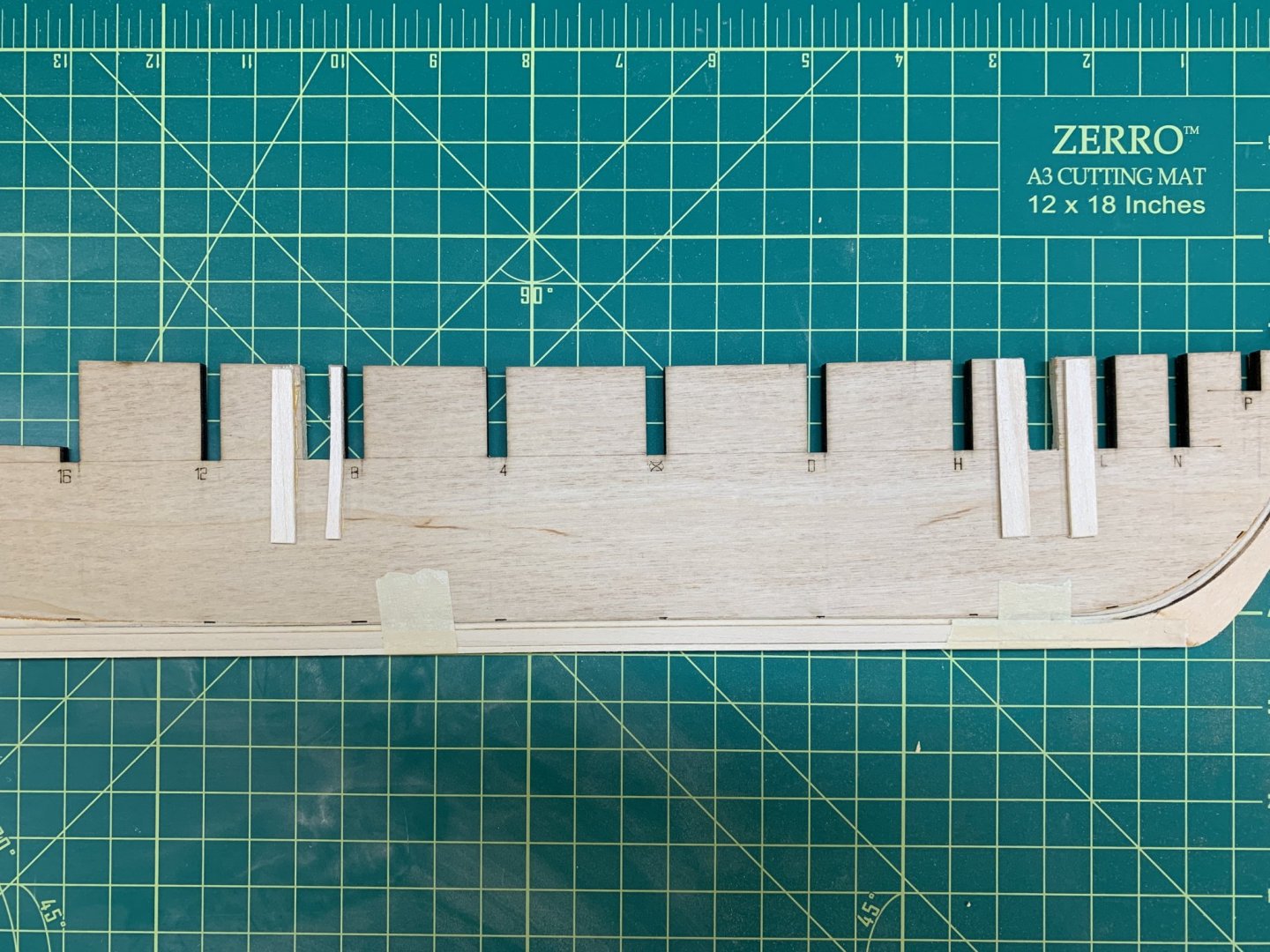
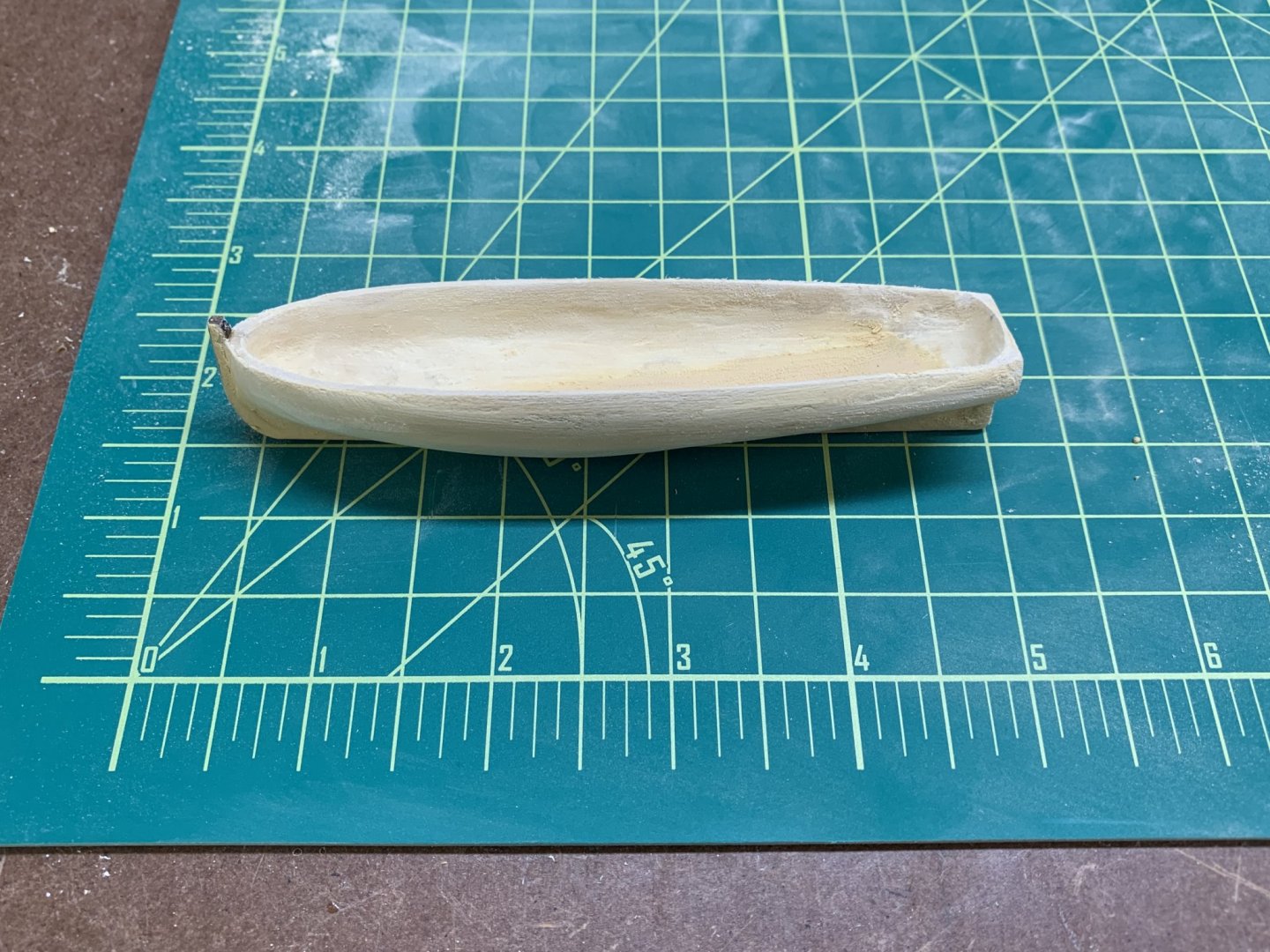
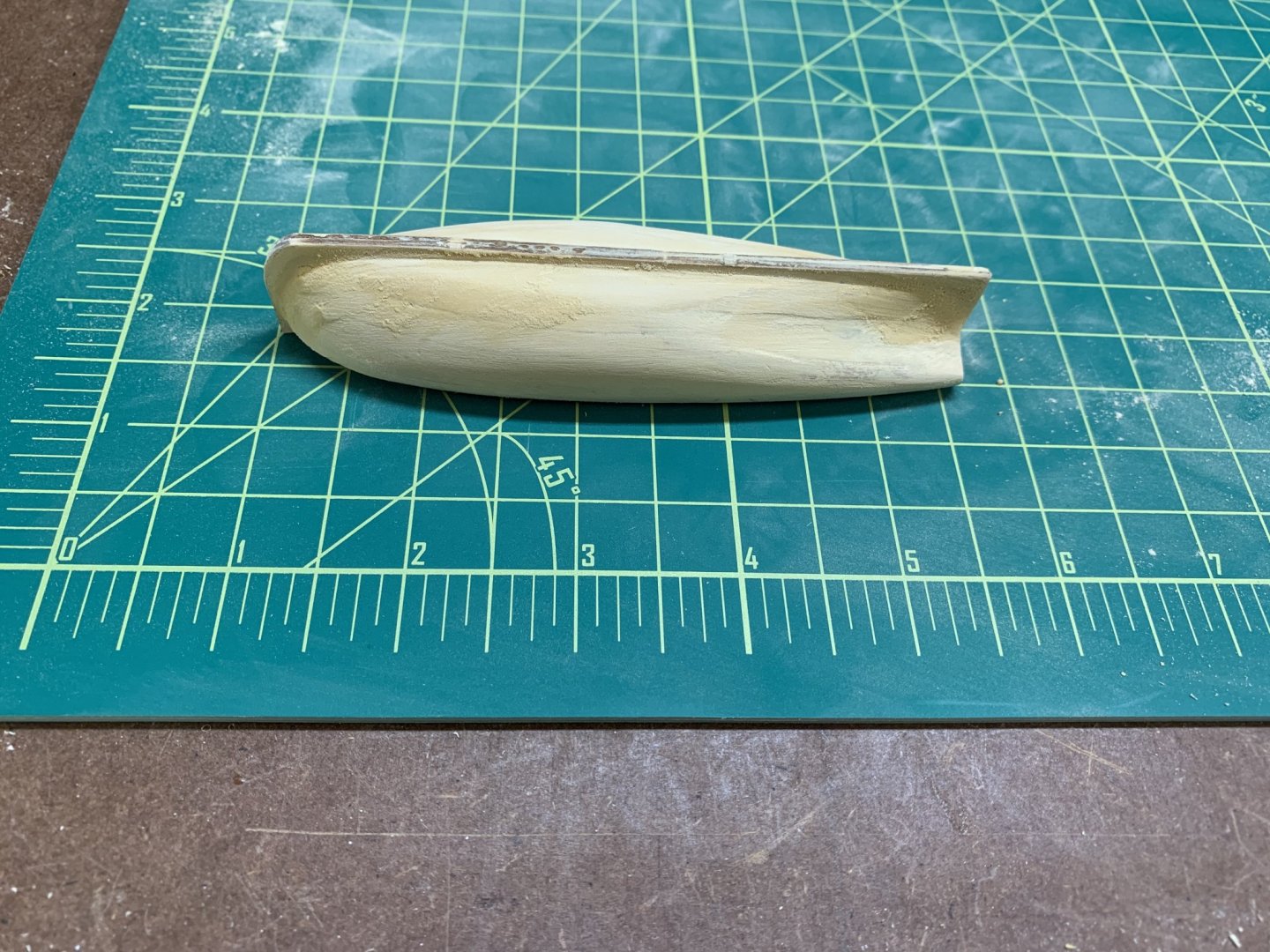
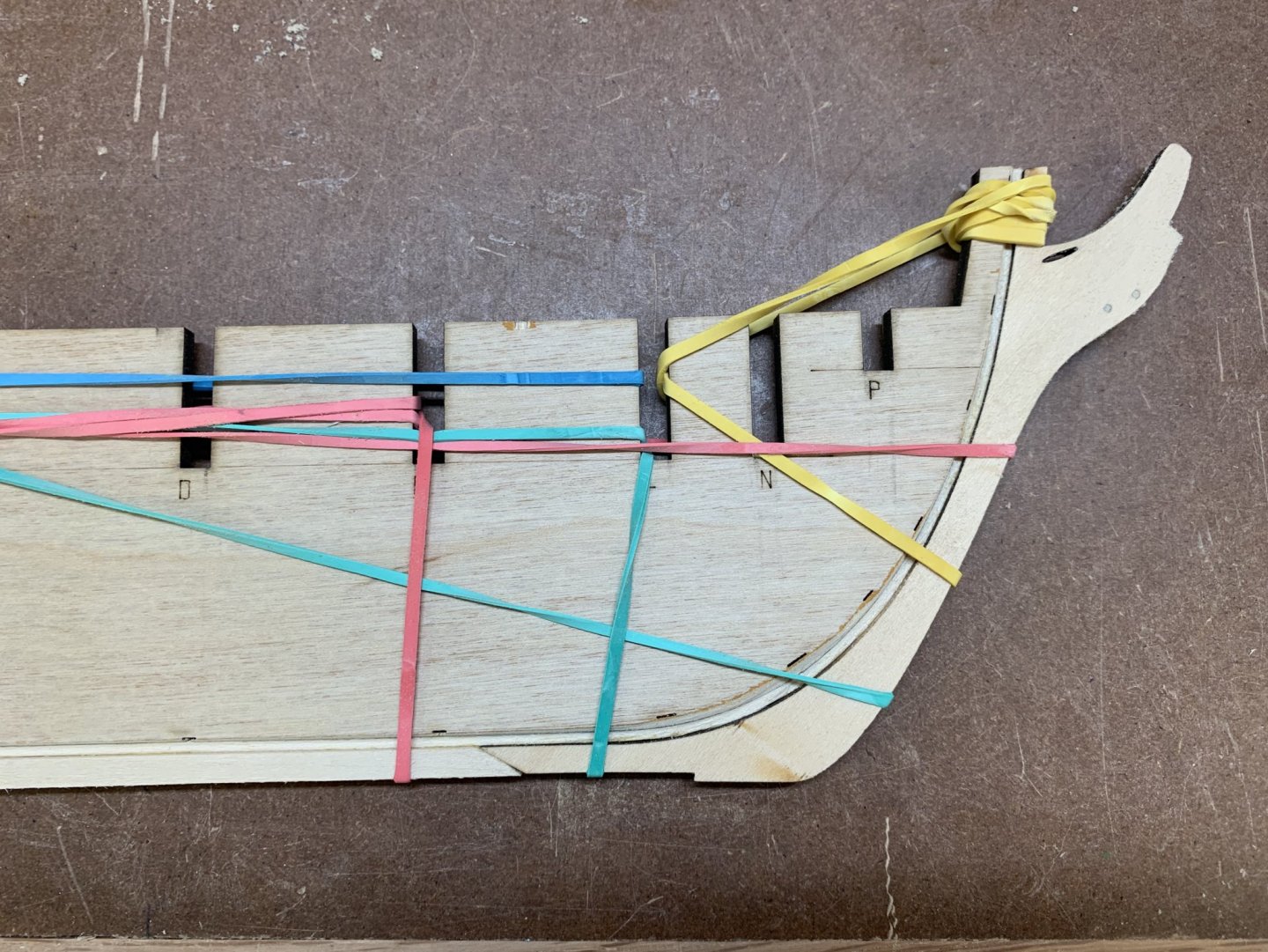
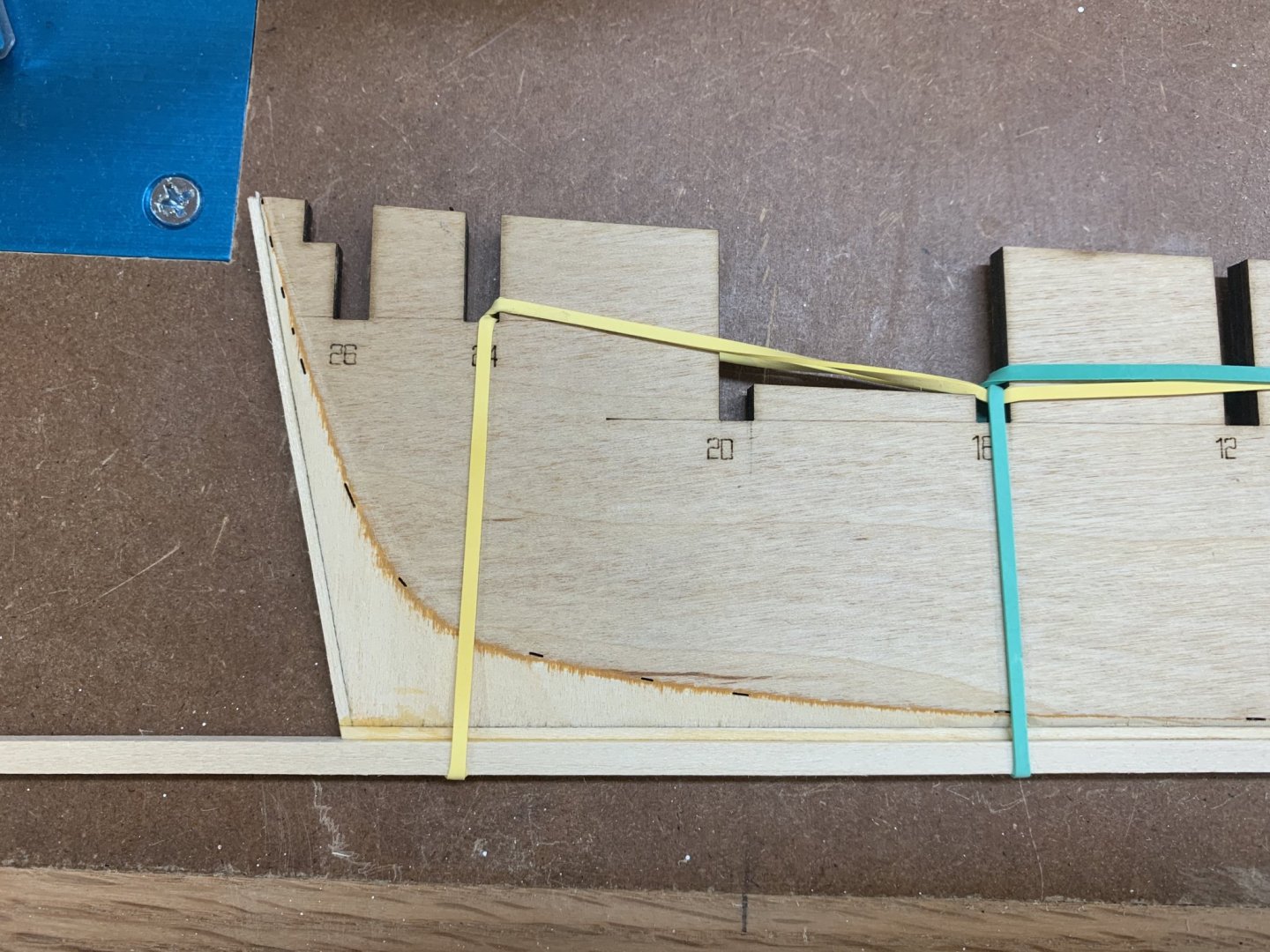
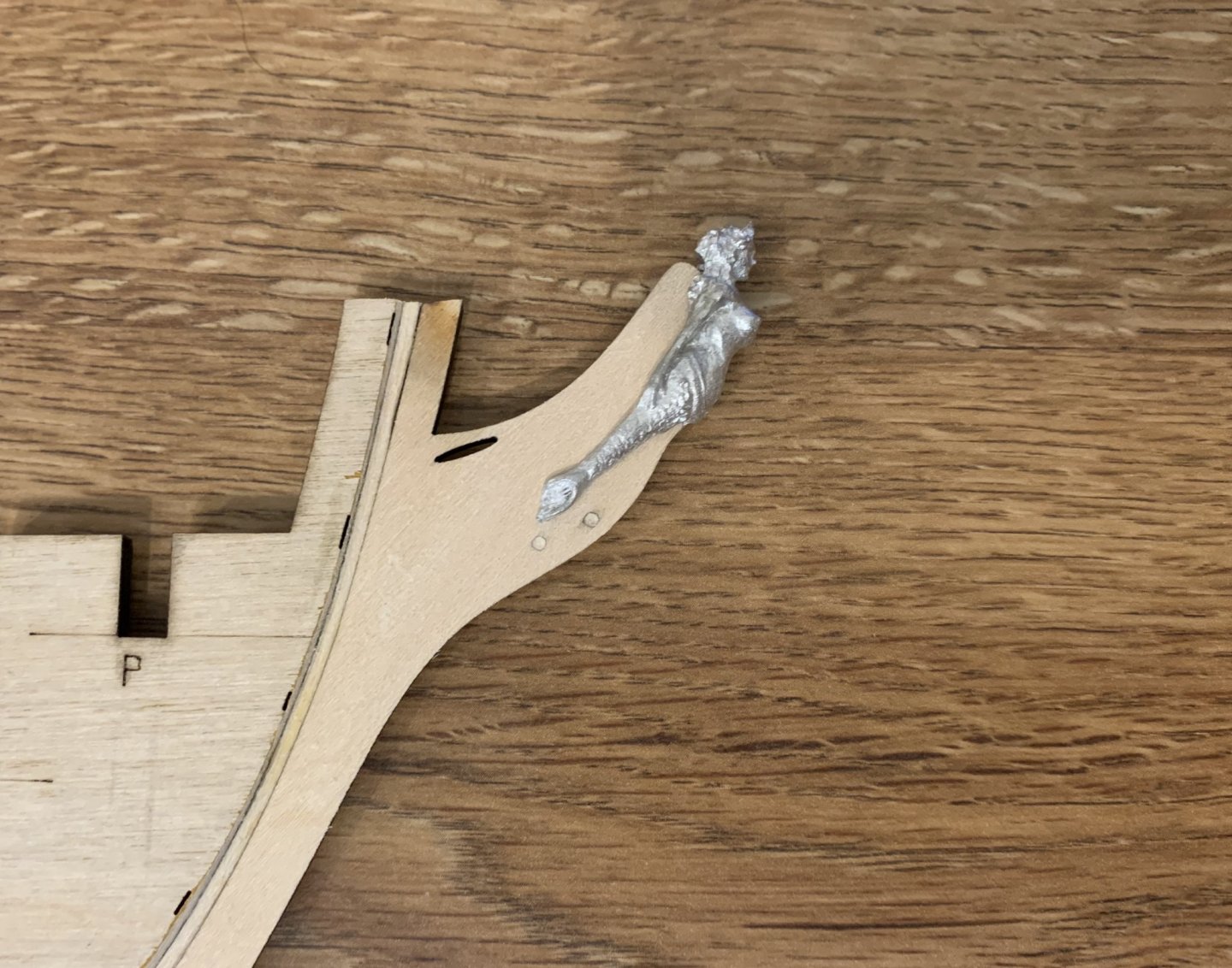
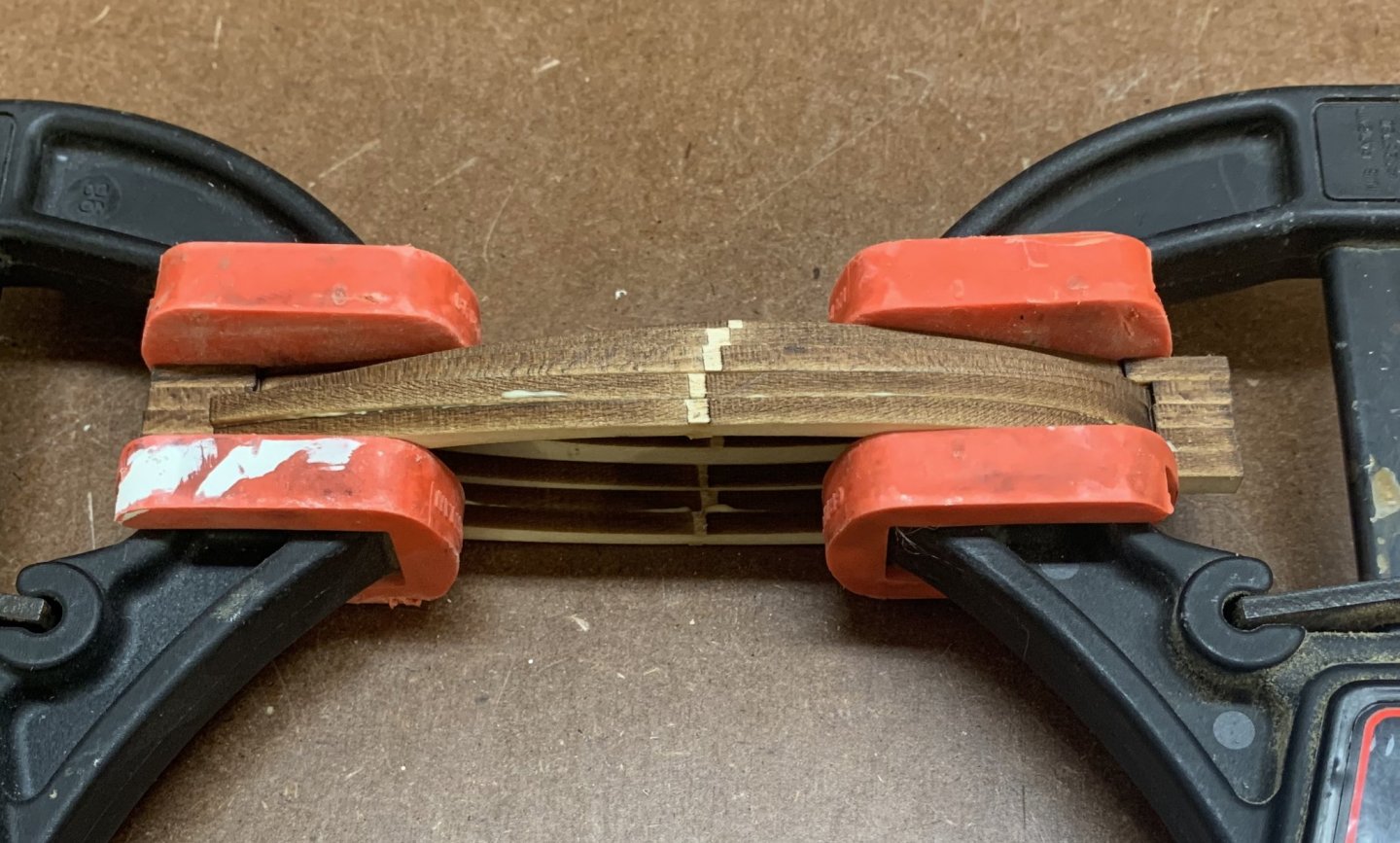
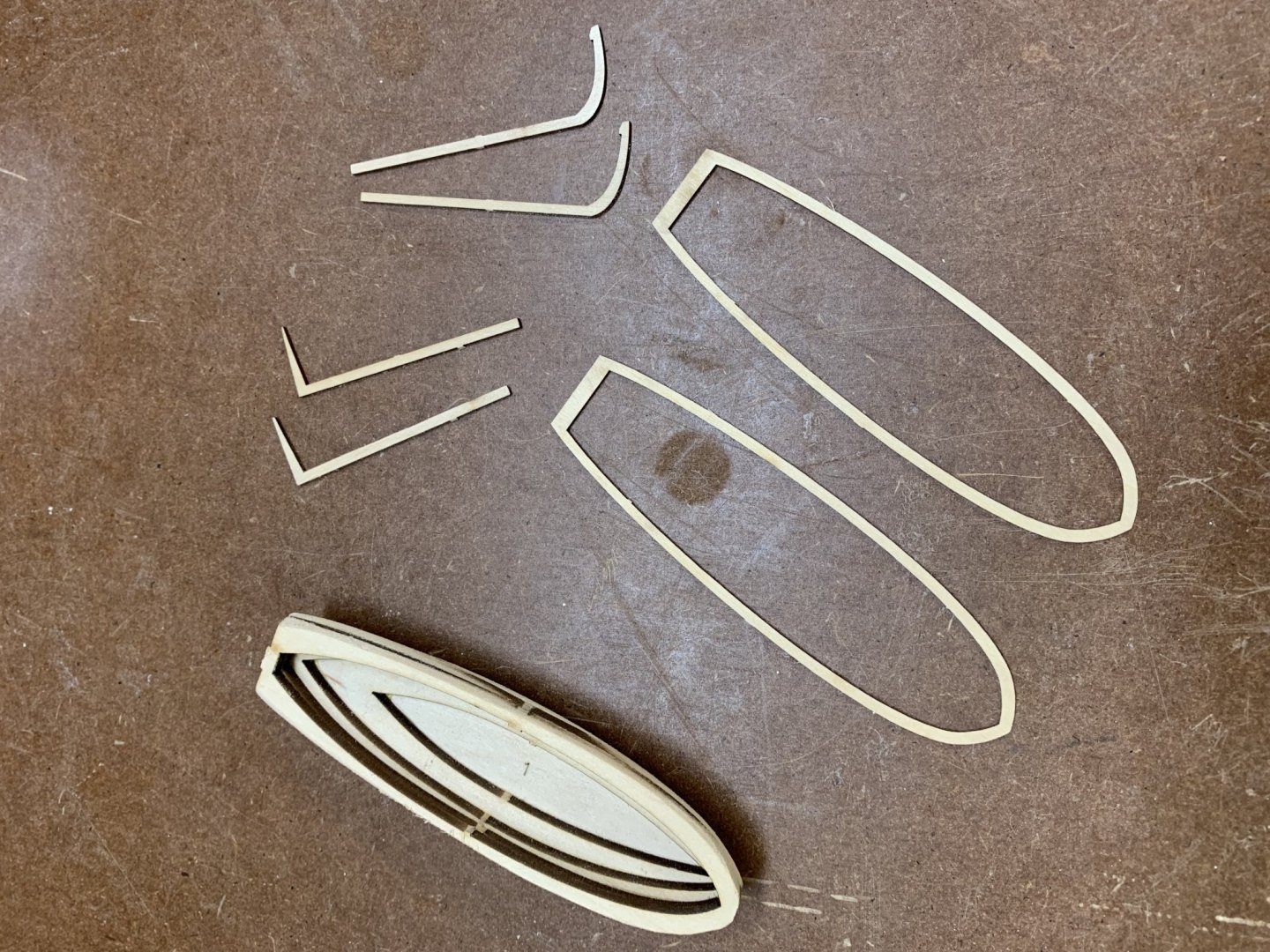
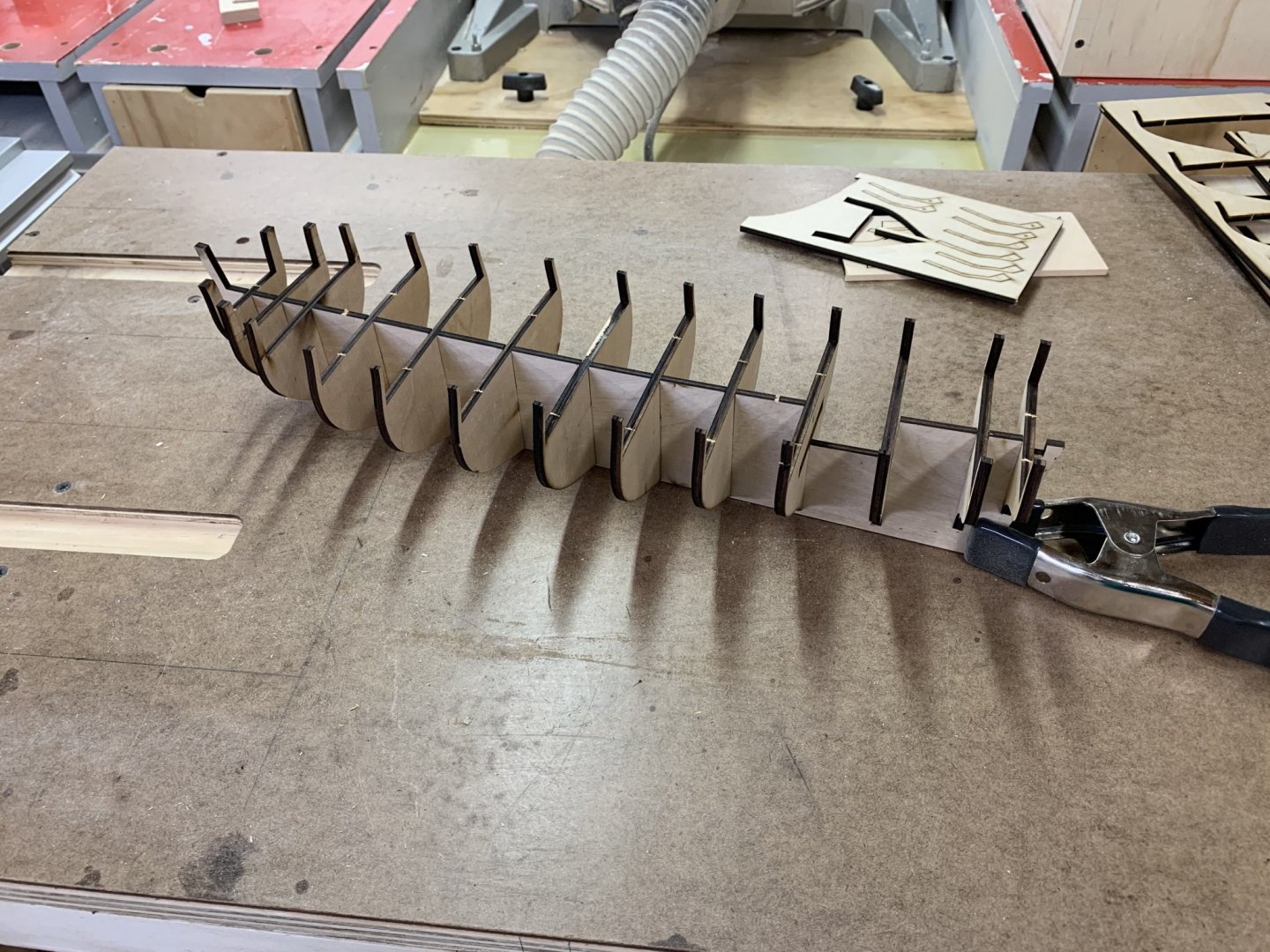

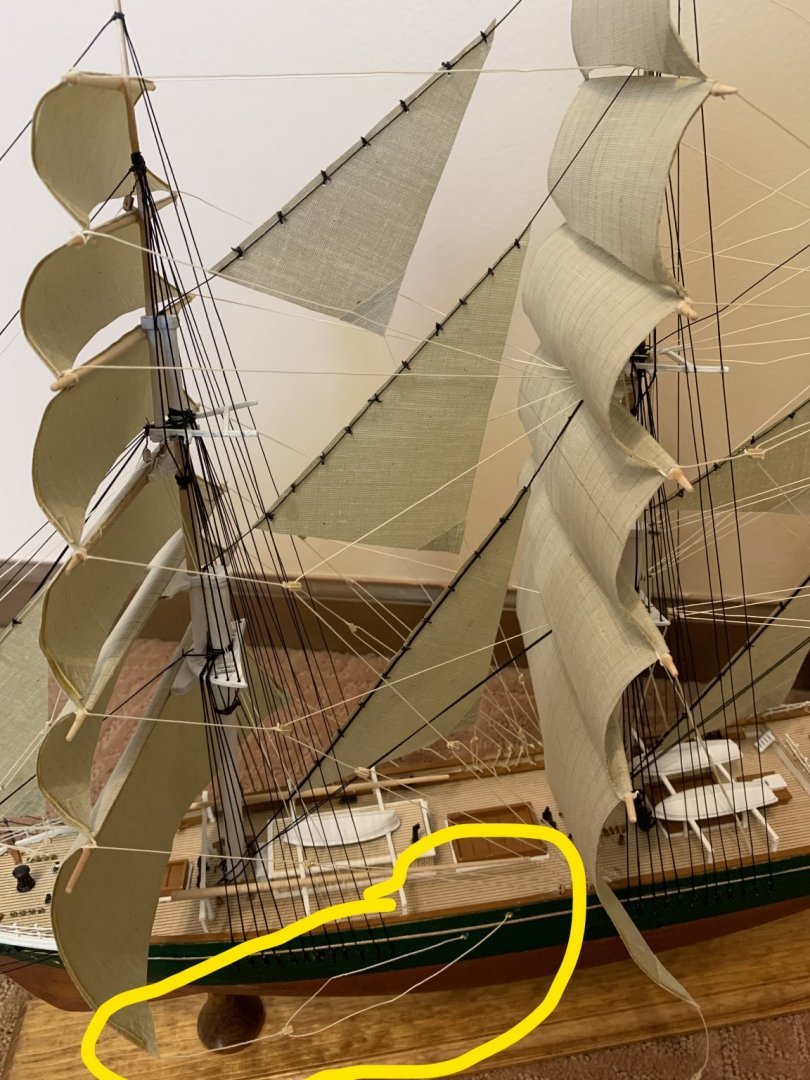
US Brig Syren by Jamie Coleman - Model Shipways - Scale 1:64
in - Kit build logs for subjects built from 1801 - 1850
Posted
Works been a little quiet, and I’m working from home, so I’ll make a little progress here and there during coffee breaks. Works out nice for letting glue cure between steps.